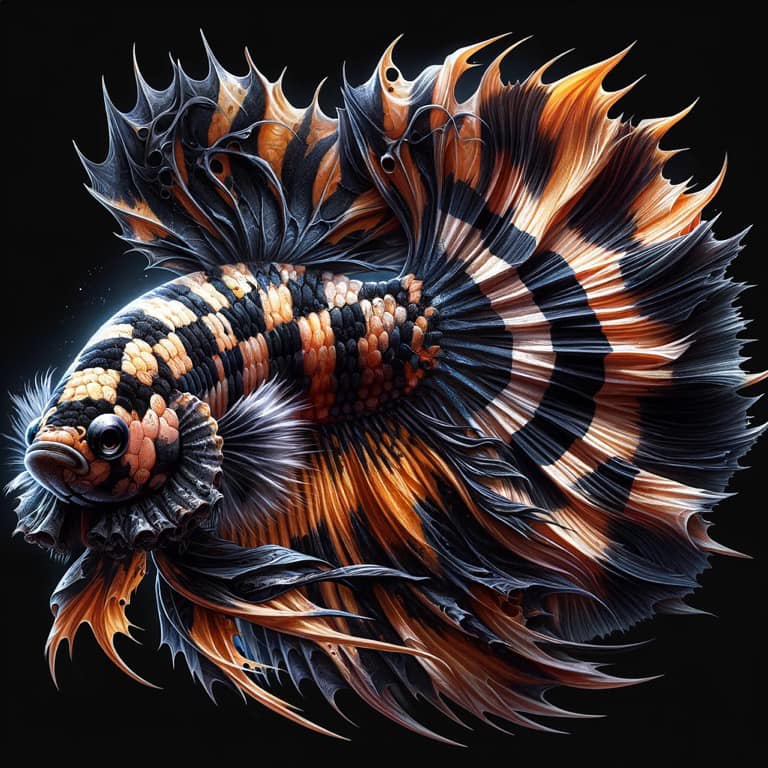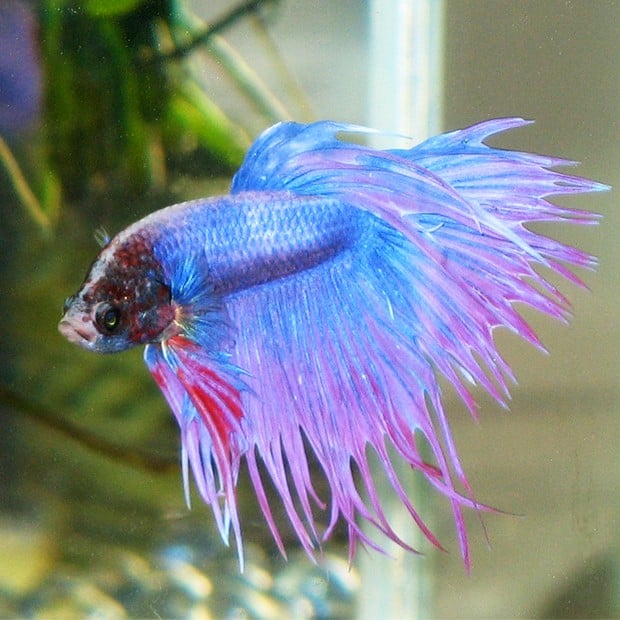Betta Fish Lifespan: How to Ensure Your Betta Lives Longer
Betta Fish Lifespan: How to Ensure Your Betta Lives Longer
Blog Article
Breeding Betta Fish: a Comprehensive Step-By-Step Overview to Efficiently Raising Infant Bettas From Eggs to Adulthood
Breeding Betta fish is a careful undertaking that needs cautious planning and execution to make certain the successful growth of fry from eggs to grow fish. Choosing genetically diverse reproduction couple with desirable attributes is only the start; developing an ideal atmosphere and understanding the ins and outs of the reproducing process are just as crucial. As the male Betta carefully constructs a bubble nest and guards the priceless eggs, the subsequent stages of care and change need focus to information and understanding of ideal techniques. Just how does one browse the tough yet satisfying course of supporting these vivid animals to the adult years?

Picking Reproduction Pairs
When beginning on the trip of reproducing Betta fish, picking the ideal reproduction pairs is crucial to attaining desirable qualities and a healthy lineage - betta fish. The initial step in this process is to recognize the certain attributes you desire to boost or maintain, such as shade, fin type, and physique. It is necessary to select genetically varied pairs to prevent inbreeding, which can lead to wellness issues and unfavorable qualities
Review prospective reproducing candidates very carefully. A healthy and balanced male Betta needs to exhibit vibrant colors, an active behavior, and well-formed fins, while the woman needs to likewise display vibrant coloration and a rounded stubborn belly, showing preparedness for spawning. Observing the character of both fish is essential, as aggressive or extremely shy individuals might not reproduce effectively.
Paperwork of family tree is similarly crucial. Keeping documents of the moms and dad fish's origins can assist you track genetic qualities and prospective issues. Furthermore, consult respectable breeders or online sources for advice on selecting suitable sets. Inevitably, spending time in the choice process will considerably improve the possibility of generating solid, dynamic spawn that satisfy your breeding goals (betta fish).

Preparing the Breeding Storage Tank
Producing an ideal reproduction atmosphere is a crucial step after choosing suitable pairs for Betta fish. The reproduction tank need to be particularly designed to supply convenience and stimulate the all-natural breeding actions of the fish. Begin with a tank size of a minimum of 10 gallons to make sure adequate room for both the male and women Bettas.
Keep a gentle purification system to keep the water tidy while avoiding strong currents that can emphasize the fish. Furthermore, an air rock can be included in give oxygenation without interrupting the water surface area too much.
Temperature level policy is essential; go for a steady variety of 78-82 ° F(25-28 ° C) utilizing a dependable heating unit. The pH degree should be kept between 6.5 and 7.5, and routine water adjustments are necessary to make sure high water high quality.
Incorporate floating plants or generating sponges to create hiding places for the woman, while additionally urging bubble nest structure by the male - betta fish. Ultimately, make certain the storage tank is without sharp decorations and any prospective dangers, as the well-being of the fish should always be prioritized throughout this essential stage of breeding.
The Reproduction Refine
Usually, the reproducing procedure for Betta fish entails a collection of distinctive and visible habits that show preparedness for recreation. The male Betta starts by developing a bubble nest at the water's surface, which acts as a website for the fertilized eggs. This nest is important, as it supplies a risk-free atmosphere for the eggs until they hatch.
Once the nest is developed, the man will certainly show courtship habits, such as flaring his fins and showing vivid colors to attract the female. The lady, upon noticing the man's readiness, will react by showing vertical stripes along her body, signifying her receptiveness.
When the women techniques, the male takes part in a mating dancing, typically bring about a welcome understood as the "spawning." During this welcome, the woman releases her eggs, which the male feeds quickly. The fed eggs then are up to the bubble nest, where the male meticulously accumulates look here and returns them to the nest. Following this, the male assumes duty for protecting the nest and ensuring the safety and security my site of the eggs up until they hatch, generally within 24-36 hours. This stage is important in the breeding procedure, laying the foundation for effective fry development.
Caring for Betta Fry
Caring for Betta fry calls for careful attention to their atmosphere and nourishment to ensure healthy growth and advancement. After hatching out, Betta fry are extremely small and susceptible, demanding a secure and tidy habitat.
Feeding Betta fry is similarly crucial. They need to be supplied infusoria or carefully smashed top quality fry food, as their mouths are as well little to deal with larger bits. As they grow, you can slowly introduce larger foods, such as baby salt water shrimp or powdered flakes, to guarantee they obtain ample nourishment. Feed them percentages a number of times a day, being cautious not to overfeed, which can cause water high quality problems.
Transitioning to Adult Bettas
As Betta fry fully grown, transitioning them to grown-up Bettas is a critical stage that calls for cautious administration of their environment and social interactions. This procedure commonly starts when the fry reach around six weeks old, at which factor they can be gradually presented to an extra structured living atmosphere.
To promote this transition, it is important to make sure that the water parameters-- such as temperature level, pH, and ammonia levels-- are optimum and steady. Grown-up Betta fish flourish in cozy water (around 78-80 ° F) with a pH of 6.5 to 7.5. Slowly accommodate the fry to these conditions to minimize anxiety.
Social interactions are one more vital element; man Bettas are notoriously territorial and hostile. It is advisable to different men into private containers as they develop. Women Bettas can be housed with each other, but treatment ought to be taken to monitor for signs of aggressiveness.
In addition, nutritional adjustments ought to be try this out made as the fry expand. Include premium pellets and live foods to sustain their development and health. By handling these aspects effectively, you can promote an effective shift to the adult years for your Betta fish.

Conclusion
Effective reproduction of Betta fish needs careful focus to detail throughout the whole process, from picking genetically diverse sets to supplying optimal treatment for fry. Additionally, a well balanced diet and progressive adaptation to grown-up environments are vital for the growth and growth of Betta fish.
Report this page